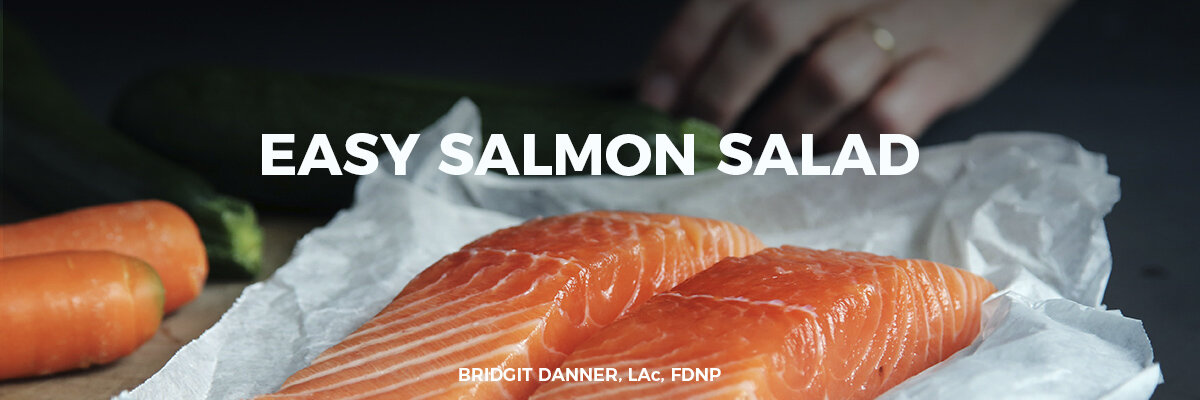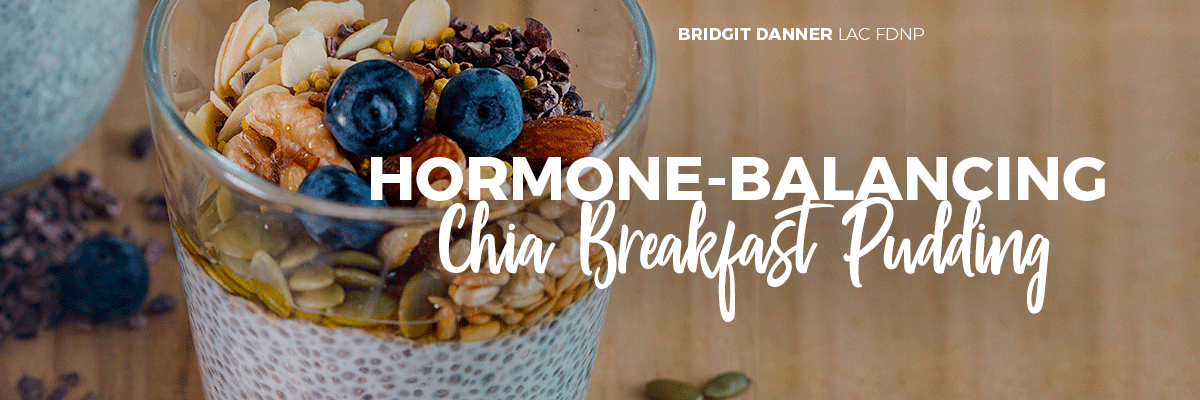The Low FODMAP Diet: What It Is, Benefits, and How to Try It
Ever feel gassy, bloated, or ‘stopped up’? I feel your pain, my friend – I’ve been there! The good news is, you’re not cursed to live a gassy life forever. With a few tweaks to your diet, you can get your digestive system humming along and say buy-bye to chronic bloating.
I experienced this myself during my own recovery by trying the low FODMAP diet. While low FODMAP is mainly used for chronic bloating and SIBO, my practitioner recommended it to support mitochondrial health. So, let’s learn about FODMAPs and see if this diet might work for you!
What Is the Low FODMAP Diet?
FODMAP stands for “fermentable oligo-, di-, monosaccharides and polyols.” These are types of carbohydrates that are resistant to digestion and are mainly broken down by bacteria in your long intestine, producing gas as a potential by-product. (1) Gas, bloating, cramping, constipation or diarrhea could result.
In her book, Mighty Mito: Power Up Your Mitochondria for Boundless Energy, Dr. Suzanne Bennett explains that eating high FODMAP foods is a stress on your already stressed digestive system:
“Eating excessive amounts of fermentable carbohydrates combined with excess bacteria in the gut produces bloating, flatulence, abdominal pain, diarrhea, constipation, and a host of other symptoms leading to inflammation in the body, free radical damage to major organs and mitochondrial dysfunction.”
The by-products of a high FODMAP diet can be harmful in the following ways:
The gases produced, particularly hydrogen sulfide gas, can inhibit mitochondrial function, already inhibited by toxic mold
High production of d-lactic acid causes undue stress on your mitochondria
Dysbiosis (bacterial imbalance) can increase
IBS (irritable bowel syndrome) can increase
LPS (an endotoxin produced by bacteria) can increase
My Experience with the Low FODMAP Diet
The low FODMAP diet originally seemed very intimidating to me, as many common foods are high FODMAP, including onion, garlic, apples, and ripe bananas.
But, in most circumstances, you just eliminate high FODMAPs for 4-6 weeks and then slowly introduce these foods back, one by one.
There are plenty of delicious low-FODMAP foods, including broccoli, almonds, and cantaloupe.
While reintroducing foods, I was surprised by how much more bloated I became. Some of this may be natural when you go from low-gas foods to high-gas foods. I was able to bring back most foods, but I know now that grapes, apples, and dried food will leave me somewhat gassy and bloated.
This is not to say that only high FODMAP foods can upset your stomach. Corn tortillas, raw carrots, and dairy items are low FODMAP, but they don’t work for my body.
If you suspect or have been diagnosed with SIBO (small intestinal bacterial overgrowth), you may need to stay on a low FODMAP diet for a longer period of time.
FODMAP Foods: Which Ones Are High & Low?
Here is a list of high FODMAP foods to be avoided:
Veggies: artichokes, asparagus, beetroot, Brussel sprouts, cauliflower, garlic, onion, leeks, mushrooms, and snow peas
Fruits: apples, apricots, bananas (ripe), blackberries, cherries, figs, mangoes, nectarines, peaches, pears, plums, and watermelon
Grains: amaranth, barley, rye, and wheat
Legumes: black-eyed peas, butter beans, chickpeas, kidney beans, lentils, lima beans, mung beans, and split peas
Nuts: cashews and pistachios
Dairy: cottage cheese, cream cheese, milk, ricotta, and yogurt
Sweeteners: agave nectar, honey, molasses, sorbitol, and xylitol
Beverages: chai tea, chamomile tea, and coconut water
And low FODMAP foods to be chosen:
Veggies: bean sprouts, bell pepper, bok choy, carrot, cucumber, eggplant, green beans, kale, lettuce, parsnips, potatoes, spinach, tomato, turnips, and zucchini
Fruits: banana (unripe), blueberries, cantaloupe, grapes, kiwi, lemons, limes, mandarins, oranges, papaya, pineapple, and strawberries
Grains: brown rice, buckwheat, maize, millet, oats, polenta, quinoa, and tapioca
Nuts & Seeds: almonds, macadamia nuts, peanuts, pine nuts, pumpkin seeds, and walnuts
Protein: beef, chicken, eggs, fish, tofu, and tempeh
Dairy: cheddar cheese, cream, feta, lactose-free milk, and parmesan cheese
Sweeteners: beet sugar, maple syrup, rice malt syrup, and stevia
Beverages: almond milk, black tea, coconut milk, coffee, green tea, peppermint tea, rice milk, water, & white tea
When you begin reintroducing foods, remember to go slowly, one by one. That way, you can keep track of which foods work for your body, and which ones don’t
Want More Tips to Optimize Your Digestion?
My new book The Ultimate Toxic Mold Recovery Guide: Take Back Your Home, Health, & Life is coming out soon! It walks you step-by-step through how to regain your health from toxic mold – including an entire chapter devoted to upgrading digestion with healing diets.
If you’re feeling lost and could use help navigating your mold recovery, this book is for you. You can get a sneak peek at it here:
Bridgit Danner, LAc, FDNP, is trained in functional health coaching and has worked with thousands of women over her career since 2004. She is the founder of Women’s Wellness Collaborative llc and HormoneDetoxShop.com.
Check our her easy 5-Day DIY Detox Guide here!












The thought of a coffee enema might leave you in shock, but it’s actually a practice that has been used for thousands of years. I’ve seen the correct implementation of coffee enemas truly transform energy, gut health, antioxidant status and more. Learn the right way to do a coffee enema!